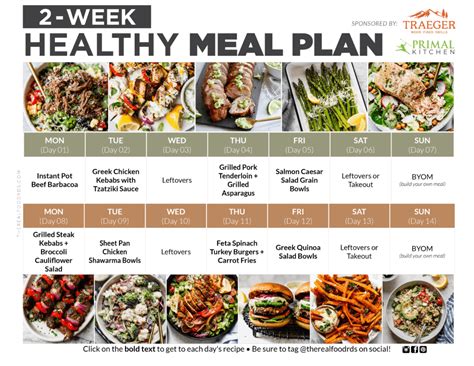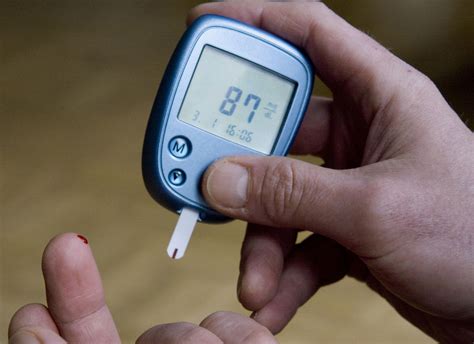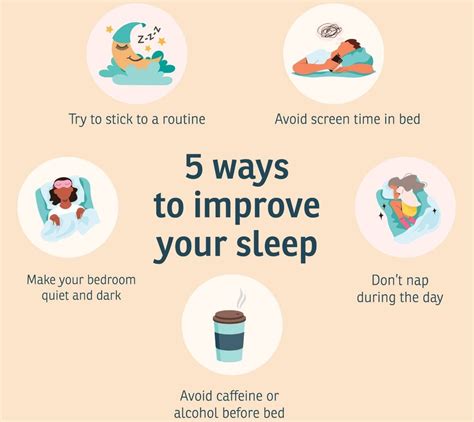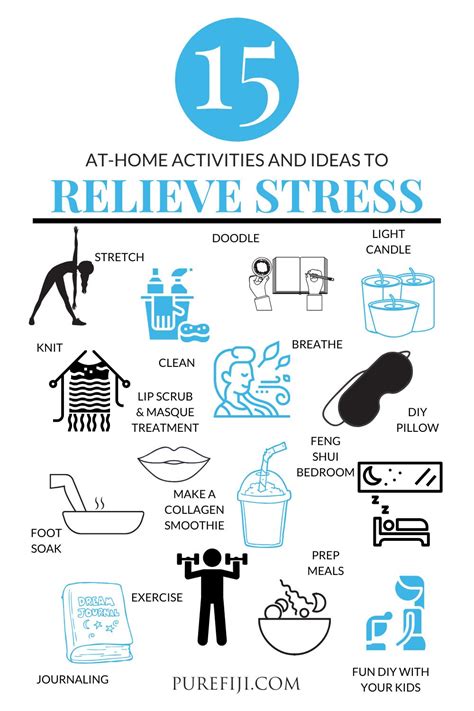Intro
Living with diabetes can be challenging, but managing your blood sugar levels can make a significant difference in your overall health and well-being. One key measure of blood sugar control is the A1c test, which provides a snapshot of your average blood sugar levels over the past two to three months. If you're looking to lower your A1c, you're in the right place. In this article, we'll explore simple steps to help you achieve better blood sugar control and improve your overall health.

Understanding the A1c Test
The A1c test, also known as the hemoglobin A1c test, measures the percentage of glucose that has bound to hemoglobin in your red blood cells. Hemoglobin is a protein in red blood cells that carries oxygen to different parts of your body. When glucose enters your bloodstream, it binds to hemoglobin, forming a compound called glycated hemoglobin. The A1c test measures the percentage of glycated hemoglobin in your blood, providing an average of your blood sugar levels over the past two to three months.
A normal A1c level is below 5.7%, while a level between 5.7% and 6.4% indicates prediabetes. If your A1c level is 6.5% or higher, you may have diabetes. The American Diabetes Association recommends the following A1c targets:
- Less than 7% for most adults
- Less than 7.5% for children and adolescents
- Less than 8% for people with a history of severe hypoglycemia or limited life expectancy
Simple Steps to Lower Your A1c
Lowering your A1c requires a combination of lifestyle changes, medication (if prescribed), and regular monitoring of your blood sugar levels. Here are some simple steps to help you get started:
1. Develop a Healthy Meal Plan
Eating a healthy, balanced diet is essential for managing your blood sugar levels. Focus on whole, unprocessed foods like:
- Vegetables: dark leafy greens, broccoli, bell peppers
- Fruits: berries, citrus fruits, apples
- Whole grains: brown rice, quinoa, whole wheat bread
- Lean proteins: chicken, fish, tofu
- Healthy fats: avocado, nuts, olive oil
Food Choices to Help Lower Your A1c
- Choose complex carbohydrates: Whole grains, fruits, and vegetables are rich in fiber, which can help slow down the absorption of sugar into your bloodstream.
- Incorporate protein and healthy fats: Protein and healthy fats like avocado, nuts, and olive oil can help regulate your blood sugar levels and keep you feeling fuller for longer.
- Limit added sugars: Aim to limit your daily intake of added sugars to less than 10% of your total daily calorie intake.

2. Stay Hydrated
Drinking enough water is essential for flushing out toxins and regulating your blood sugar levels. Aim to drink at least eight glasses of water per day.
3. Exercise Regularly
Regular exercise can help improve your insulin sensitivity, reduce your blood sugar levels, and lower your A1c. Aim for at least 150 minutes of moderate-intensity aerobic exercise, or 75 minutes of vigorous-intensity aerobic exercise, or a combination of both, per week.
Exercise Tips to Help Lower Your A1c
- Aerobic exercise: Brisk walking, cycling, swimming, and dancing are all great aerobic exercises that can help improve your insulin sensitivity and lower your blood sugar levels.
- Resistance training: Building muscle through resistance training can help improve your insulin sensitivity and reduce your blood sugar levels.
- High-intensity interval training (HIIT): HIIT involves short bursts of high-intensity exercise followed by brief periods of rest. This type of exercise has been shown to be effective in improving insulin sensitivity and lowering blood sugar levels.

4. Monitor Your Blood Sugar Levels
Regular monitoring of your blood sugar levels can help you identify patterns and make adjustments to your diet and exercise plan as needed.
Monitoring Your Blood Sugar Levels
- Use a glucometer: A glucometer is a small device that measures your blood sugar levels using a small drop of blood.
- Keep a log: Keeping a log of your blood sugar levels can help you identify patterns and make adjustments to your diet and exercise plan as needed.

5. Get Enough Sleep
Getting enough sleep is essential for regulating your blood sugar levels and lowering your A1c. Aim for 7-8 hours of sleep per night.
Sleep Tips to Help Lower Your A1c
- Establish a bedtime routine: Establishing a consistent bedtime routine can help signal to your body that it's time to sleep.
- Create a sleep-conducive environment: Creating a sleep-conducive environment can help improve the quality of your sleep.
- Avoid screens before bedtime: Avoiding screens before bedtime can help improve the quality of your sleep.

6. Manage Stress
Chronic stress can raise your blood sugar levels and increase your A1c. Engage in stress-reducing activities like yoga, meditation, or deep breathing exercises.
Stress-Reducing Activities to Help Lower Your A1c
- Yoga: Yoga can help reduce stress and improve your insulin sensitivity.
- Meditation: Meditation can help reduce stress and improve your blood sugar control.
- Deep breathing exercises: Deep breathing exercises can help reduce stress and improve your blood sugar control.

Conclusion
Lowering your A1c requires a combination of lifestyle changes, medication (if prescribed), and regular monitoring of your blood sugar levels. By following these simple steps, you can take control of your blood sugar levels and improve your overall health. Remember to stay hydrated, exercise regularly, monitor your blood sugar levels, get enough sleep, and manage stress. With time and effort, you can lower your A1c and improve your overall health.
What is a normal A1c level?
+A normal A1c level is below 5.7%.
How often should I monitor my blood sugar levels?
+It's recommended to monitor your blood sugar levels at least once a day, and more often if you're taking insulin or have a history of severe hypoglycemia.
What are some healthy food choices to help lower my A1c?
+Healthy food choices to help lower your A1c include whole grains, fruits, vegetables, lean proteins, and healthy fats.
